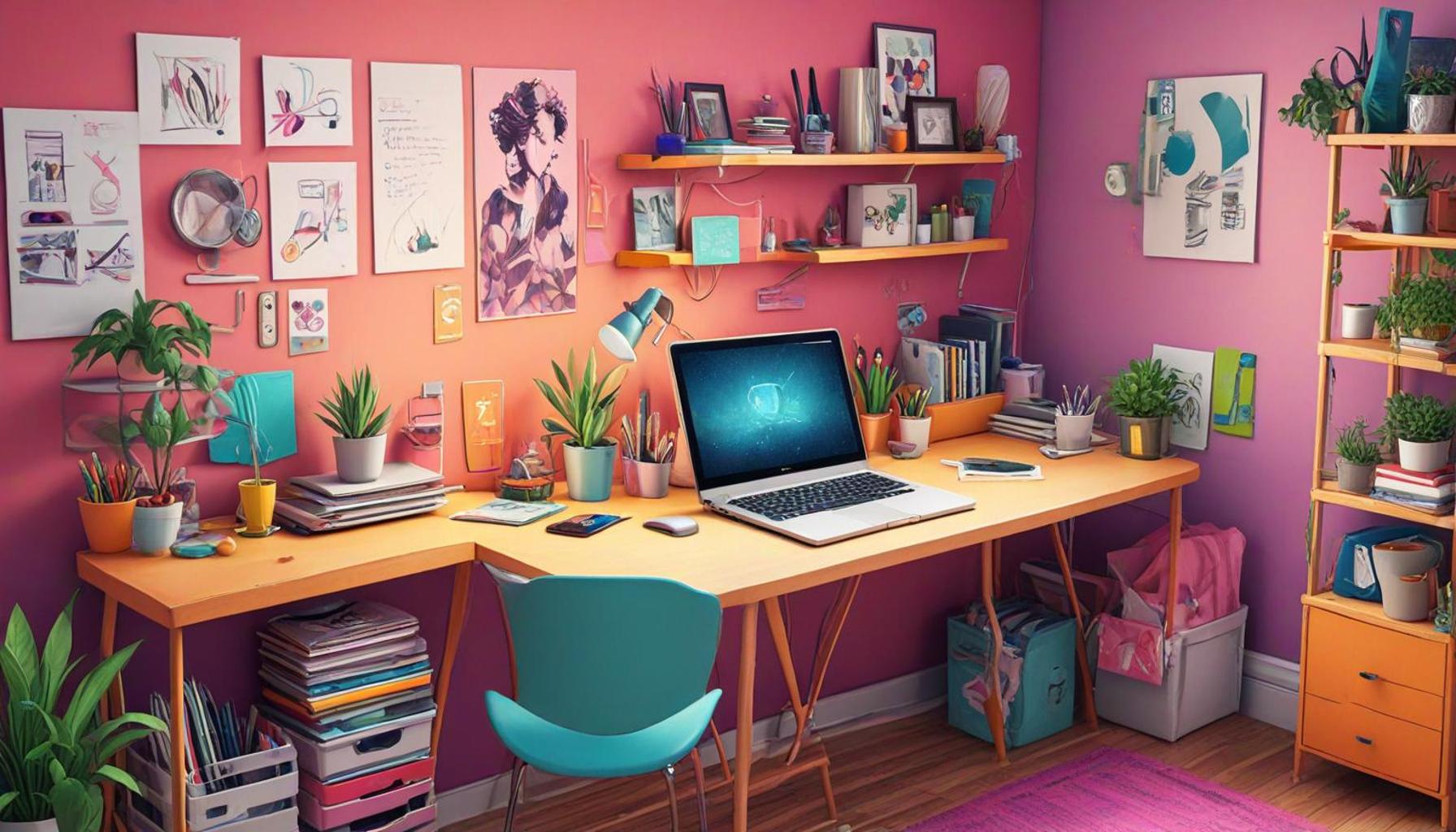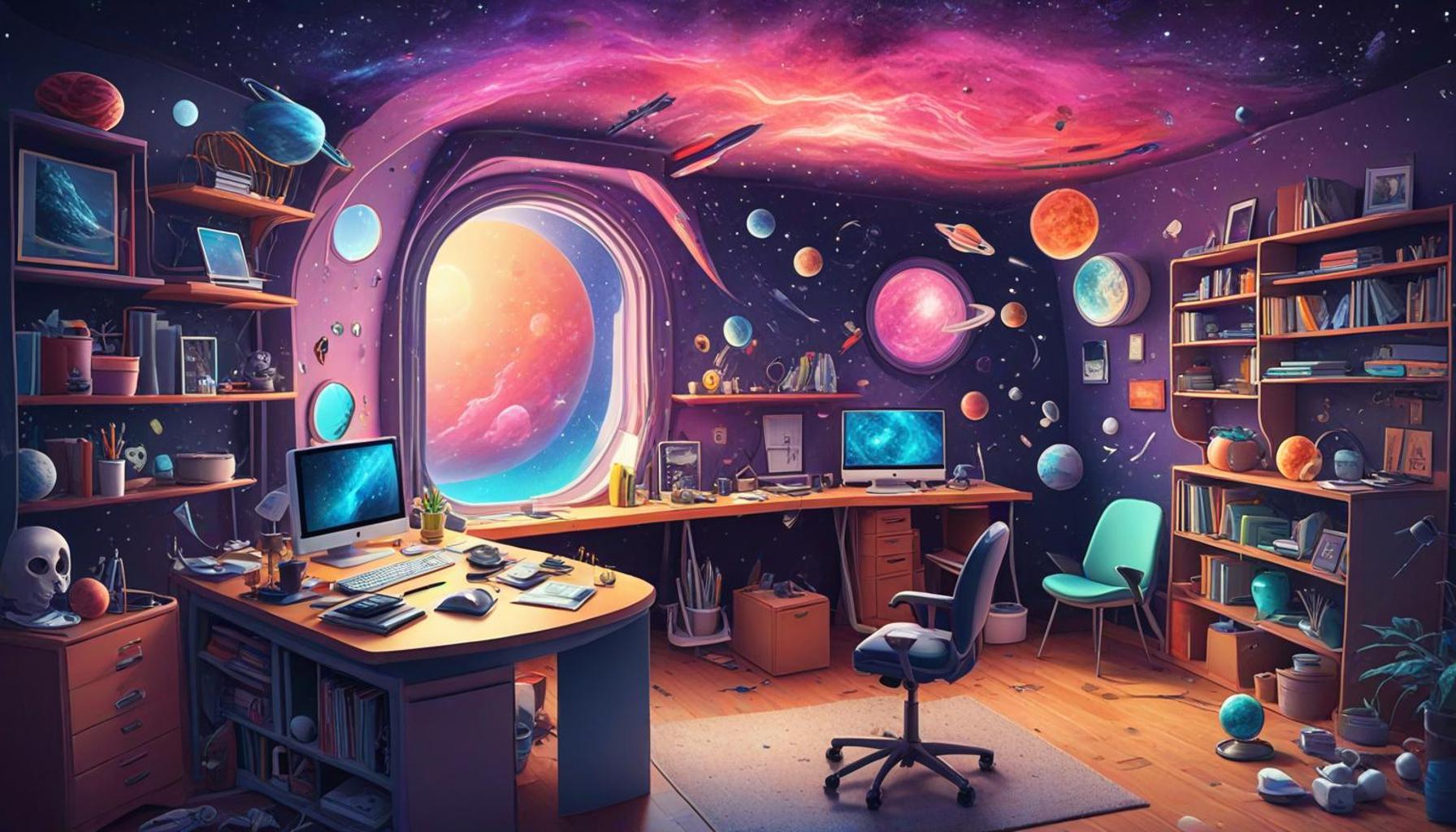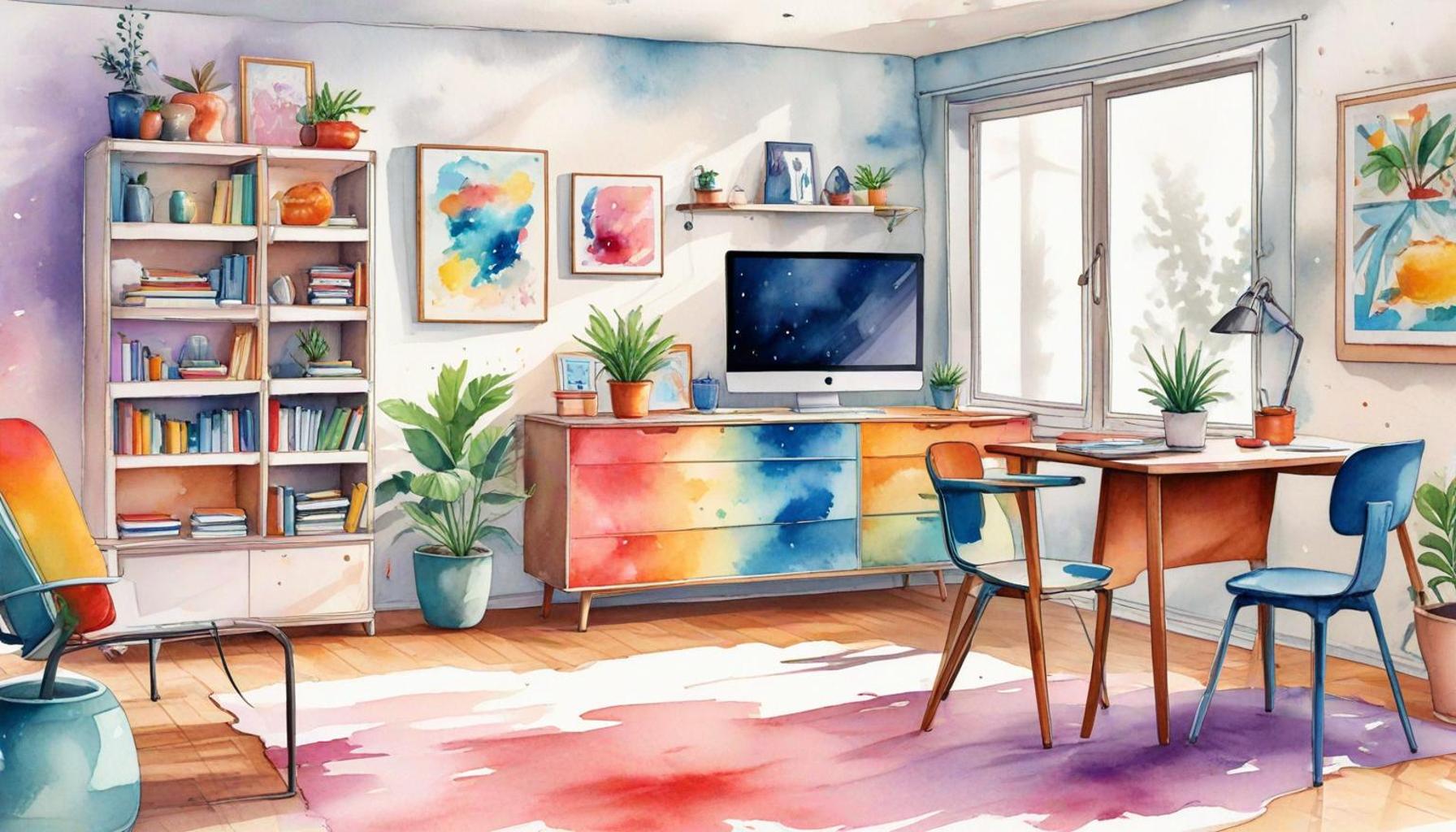Boost Efficiency Personal Organization Tips for Minimalist Spaces
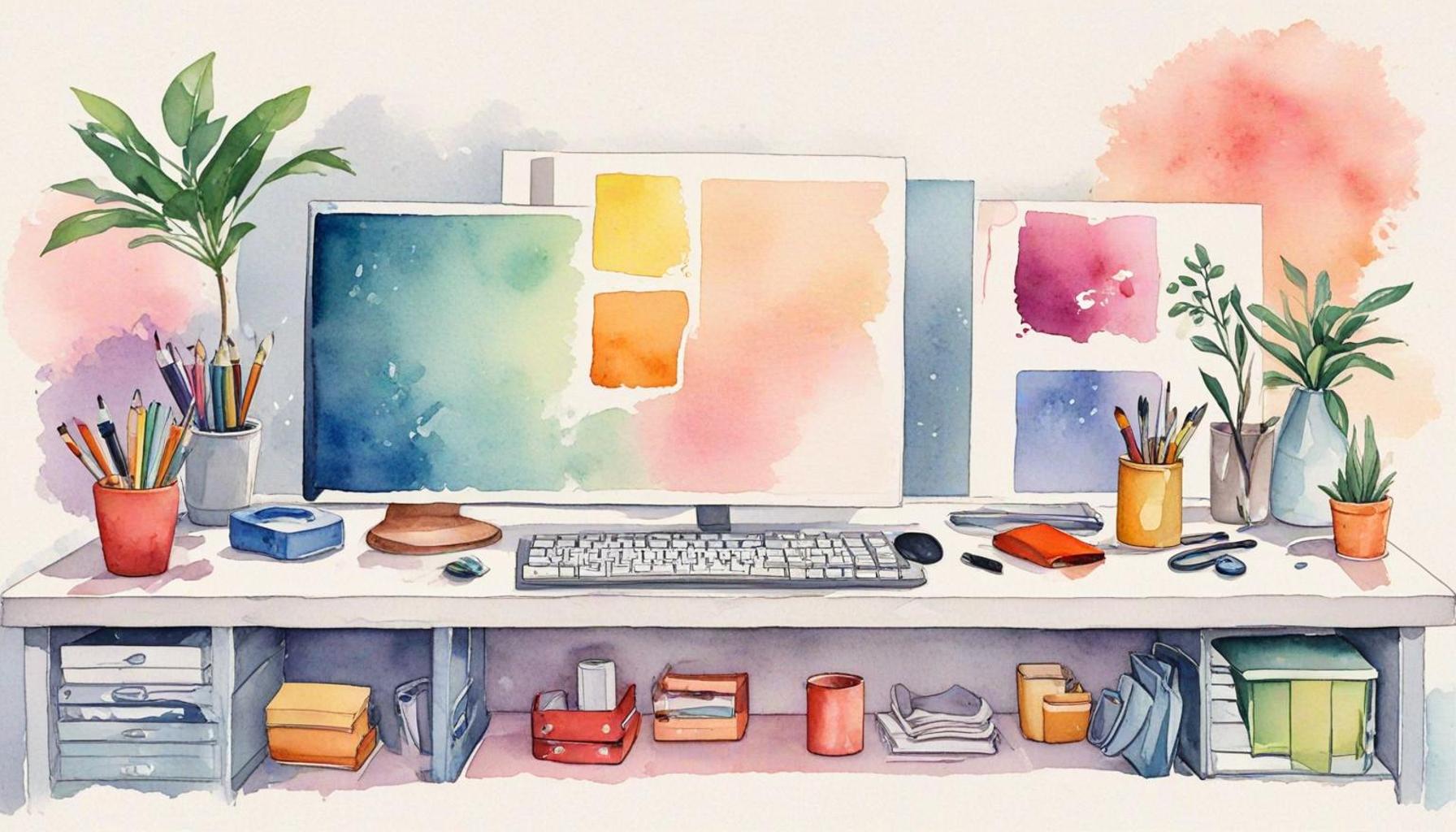
Embracing Minimalism for Enhanced Efficiency
In a world flooded with distractions and clutter, the concept of minimalism stands out as a refreshing approach to personal organization. Minimalism not only promotes a simpler lifestyle but also encourages individuals to focus on what truly matters, ultimately leading to increased efficiency and functionality in our daily tasks. This paradigm shift is particularly relevant in personal spaces, where the arrangement of objects can significantly impact productivity and mental clarity.
Understanding how to organize effectively within minimalist environments can transform your routine. To assist you on this journey, we will explore strategies that eliminate chaos and enhance your workspace or living area. From decluttering techniques to essential tools, this guide aims to equip you with practical insights.
Get ready to discover the Top 5 strategies for maintaining personal organization in minimalist spaces, allowing for a harmonious balance between simplicity and efficiency.
DISCOVER MORE: Click here for expert tips
The Importance of Personal Organization in Minimalist Environments: Strategies for Maintaining Efficiency and Functionality
Organizations have long recognized the connection between efficient workspaces and heightened productivity, alongside improved overall satisfaction. This understanding has gained further prominence with the rise of minimalism, a lifestyle choice encouraging individuals to reassess their approach to personal organization. Minimalism promotes a philosophy where simplicity leads to clarity, freeing individuals from distractions and enhancing focus. In this extended exploration, we delve into five strategic practices to uphold efficiency and functionality within minimalist environments. These strategies are not just about creating visually appealing spaces but are designed to elevate practicality and enhance daily life.
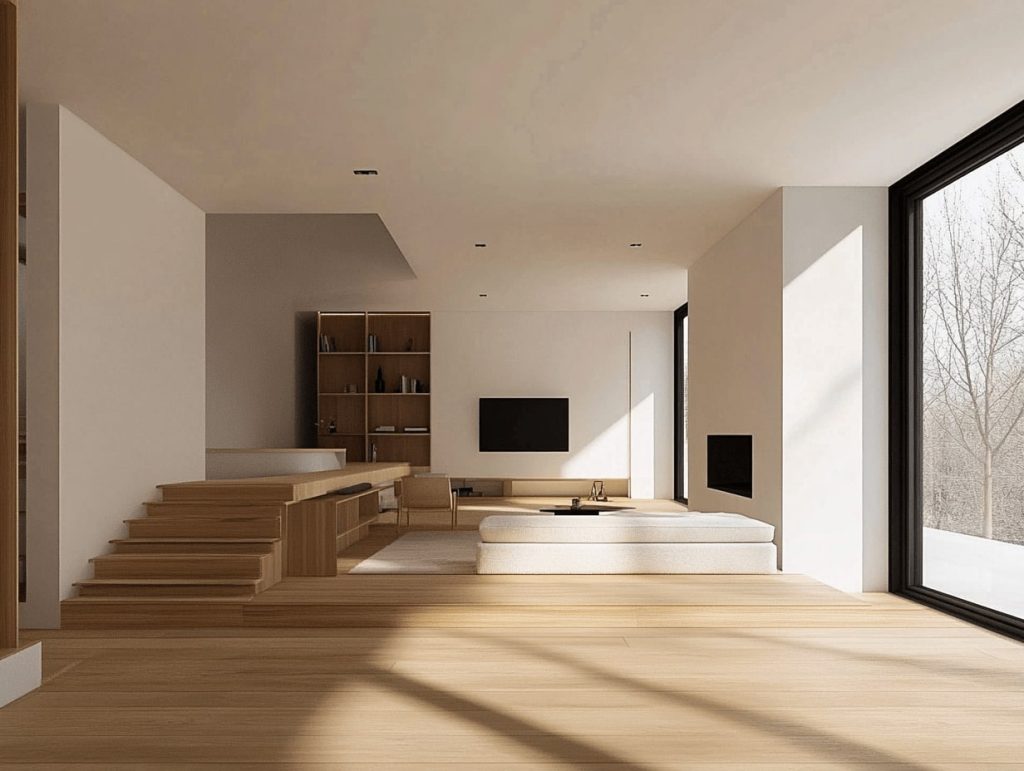
5. Define Clear Zones
Among the foundational strategies in personal organization is the establishment of clear zones. In a minimalist setting, the limited presence of items can demand a greater emphasis on delineating space functionalities. This clarity can significantly amplify operational efficiency, fostering environments that support specific activities without overlap or confusion.
To begin, a comprehensive assessment of your existing space is essential. The objective is to identify and designate areas dedicated to different purposes such as work, relaxation, and storage, each tailored with a distinct function. Importantly, even if these zones blend in terms of aesthetic presentation, their purposes should remain unambiguous:
- Work Zone: Furnished with a desk and essential tools such as a computer, notebooks, and writing instruments, facilitating a focused work environment without superfluous distractions.
- Relaxation Zone: Characterized by comfortable seating arrangements, this area should host a minimal number of items—perhaps a book or a calming plant—to promote unwinding and tranquility.
- Storage Zone: Dedicated areas to keep essential, albeit infrequently used, items. By ensuring these items have a specific home, you maintain a tidy space.
The benefits of establishing clear zones are multifaceted. This approach minimizes distractions, optimizes the available space for its intended purpose, and ultimately primes individuals for enhanced productivity and peace of mind.
4. Implement the One In, One Out Rule
Integral to the minimalist philosophy is the concept that every possession carries intrinsic value. In light of this, practicing the One In, One Out rule becomes critical. This guideline serves to maintain balance and fosters a mindful approach toward consumption.
When the impulse arises to acquire a new item, it is imperative to undertake a thoughtful evaluation of existing possessions. Selecting an item for removal before introducing something new helps sustain a clutter-free environment. Such a practice robustly reinforces the value of each retained item.
The advantages of adhering to this strategy include:
- Enhanced awareness: By closely examining your belongings, you nurture an acute awareness of what you own, diminishing the likelihood of unnecessary accumulation.
- Continuous assessment: Regularly evaluating what you truly need or cherish contributes to a dynamic home environment centered on necessity and enjoyment.
- Valuing possessions: Encouragement to appreciate the current items in your life leads to a deeper connection with your belongings.
Embracing the One In, One Out principle encourages a minimalist mindset focused on quality over quantity. It prompts thoughtful decisions about consumption and possessions, steering individuals toward a lifestyle that champions simplicity and intentionality.
3. Utilize Multi-Functional Furniture
With the trend toward downsizing living spaces, the need for ingenious, space-saving solutions becomes more pronounced. Thus, selecting multi-functional furniture emerges as a key strategy in maximizing space without compromising on functionality.
An insightful example includes a coffee table that doubles as a storage unit, merging aesthetics with practicality. Other multi-functional furniture solutions include:
- Sofa Beds: Essential for those inhabiting smaller homes or apartments, especially where spaces for guests are restricted.
- Nesting Tables: These compact solutions are designed for flexibility, easily tucked away when not actively used, therefore economizing space.
- Storage Ottomans: These provide functional seating while offering additional storage capacity.
By incorporating multi-functional furniture, a minimalist ambiance flourishes, ensuring that every piece not only adds value but also complements the overarching goal of efficiency and reduced clutter. Such an environment contributes significantly to maintaining an unburdened and serene living experience.
2. Regularly Declutter and Purge
Even the most organized minimalist spaces can gradually accumulate clutter, which is why a regular decluttering schedule is paramount. Commitment to consistent reviews of possessions helps sustain organization and ensures the continual functionality of a space.
Implement a routine for decluttering, with sessions scheduled monthly or quarterly. Each session involves assessing possessions based on queries such as:
- Do I use this regularly? Determine whether the item actively contributes to your daily routines.
- Does this item bring me joy? Evaluate emotional value alongside practical utility.
- Is this essential for my daily activities? Consider the item’s role in supporting your lifestyle and necessities.
By thoughtfully disengaging from items that no longer serve a purpose, you preserve an environment that not only stays organized but also aligns seamlessly with your functional and personal aspirations.
1. Embrace Digital Tools for Organization
In today’s digitally-driven world, integrating digital tools for organization is a paramount strategy. These tools can transform your approach to personal organization, particularly within minimalist environments, where physical space is at a premium.
Applications designed for task management, note-taking, and calendaring offer a means to reduce physical clutter while maintaining an organized life. Noteworthy digital tools include:
- Trello: A versatile platform ideal for managing projects across various scales, providing a visual layout to track tasks and progress efficiently.
- Evernote: A prime choice for capturing ideas, making notes, and organizing documentation without the need for physical papers.
- Google Calendar: This application offers seamless scheduling options, ensuring you never miss an appointment or deadline.
By embracing these digital resources, you streamline organizational practices, mitigating the need for physical items that might otherwise contribute to clutter. This digital transformation bolsters a minimalist lifestyle, empowering users to focus on what truly matters.
In conclusion, adopting and adapting these strategies in your minimalist environment contributes not only to increased personal efficiency but also to a deeper appreciation for the simplicity and intentionality inherent in minimalism. Through mindful organization and strategic planning, you create spaces that support your life’s ambitions and nurture a harmonious living experience.
In a world that often feels cluttered and overwhelming, personal organization in minimalist environments has emerged as a profoundly impactful strategy for maintaining efficiency and functionality. It prompts individuals to reassess not just their physical surroundings, but also their mental frameworks and routines. Personal organization in minimalism is not merely about aesthetics; it serves as a critical foundation for improved productivity and a more deliberate approach to daily tasks.One of the most compelling aspects of embracing personal organization is the principle of simplicity. By stripping away unnecessary possessions and distractions, individuals can focus on what truly matters. This simplification inherently reduces decision fatigue, allowing people to allocate their mental energy towards more significant projects and goals. Clarifying priorities in a minimalist space encourages a streamlined workflow, where each item has a purpose, fostering a sense of control and calm. For instance, a decluttered workspace can lead to a more efficient search for tools and resources, minimizing time wasted and enhancing overall performance.Relatedly, the implementation of systematic routines plays a vital role in sustaining organization. Minimalist environments advocate for the establishment of consistent habits that eliminate chaos. This could involve daily tidying practices or weekly reviews of personal and professional goals. Such routines are not only sustainable but they also reinforce the minimalist ethos, where every action is intentional and aligned with one’s values. As habits become ingrained, the need for excessive organization tools diminishes, cultivating an integrated sense of functionality within the environment.Moreover, minimalism encourages a deeper understanding of digital organization. With the ever-increasing role of technology in our lives, maintaining a clean digital space is as vital as organizing physical spaces. Minimalist strategies can extend to digital files, email inboxes, and app management, promoting a streamlined approach to information consumption. For example, employing techniques such as the two-minute rule—wherein tasks that can be completed in under two minutes are done immediately—helps in maintaining a tidy digital environment, ultimately reducing stress and distraction.Further enhancing efficiency in minimalist settings is the psychological component. The act of decluttering serves not only to clear physical space but also to declutter the mind. Research has shown that individuals operating in organized environments tend to experience lower levels of anxiety and improved concentration. As individuals curate their surroundings thoughtfully, they often develop a stronger connection to their living and workspaces, fostering a nourishing atmosphere that promotes creativity and focus. Engaging in personal organization within minimalist environments can create reverberating benefits beyond mere physical space. Adopting such strategies leads to an enriched life experience—where efficiency meets intentionality, and simplicity opens the door for profound productivity and wellbeing. By understanding the deeper implications of personal organization in minimalist spaces, individuals can embark on a journey of transformation that reshapes their approach to both work and life.
DISCOVER MORE: Click here for a helpful guide
Frequently Asked Questions on Personal Organization in Minimalist Environments
What are the key benefits of maintaining personal organization in a minimalist environment?
The essence of a minimalist environment lies in its ability to enhance efficiency and functionality, thereby making personal organization crucial in such settings. One significant benefit is the reduction of clutter, which can improve focus and productivity. Additionally, a well-organized space can bring mental clarity and reduce stress, allowing for greater creativity and efficiency in both professional and personal pursuits.
How can I begin organizing my personal space in a minimalist way?
Starting with a minimalist approach to personal organization involves evaluating your current belongings and identifying what is truly essential. Consider adopting the principle of “less is more.” Begin by decluttering—eliminate items that do not serve a purpose or bring value to your life. Implement organizational strategies such as creating designated areas for similar items, using storage solutions that complement your space, and consistently maintaining order to prevent future clutter.
How can minimalism improve my efficiency and functionality at home or work?
Minimalism enhances efficiency and functionality by prioritizing only what is essential, thus freeing up space and time for activities that matter the most. In a minimalist environment, distractions are minimized, leading to improved focus and more efficient task completion. By streamlining your surroundings, minimalism encourages a more purpose-driven approach to daily activities and reduces the mental overhead associated with managing excess belongings.
Are there any risks associated with adopting a minimalist lifestyle too quickly?
Transitioning to a minimalist lifestyle too abruptly can be overwhelming and might lead to the premature disposal of items that hold personal or functional significance. It is essential to approach minimalism mindfully and at a pace that is comfortable for you. Reflect on the reasons for each item’s retention or disposal to ensure that decisions are based on thoughtful consideration rather than impulsive actions. Gradual implementation allows for a more sustainable and balanced minimalist lifestyle.
Can minimalism be applied in social and digital spaces as well?
Absolutely. Minimalism is a versatile philosophy that can extend to various areas of life, including social and digital spaces. In social contexts, fostering quality over quantity in relationships leads to more meaningful connections. Digitally, practicing minimalism means curating your online presence by decluttering emails, organizing digital files, and limiting time spent on social media to enhance focus and well-being. The principles of minimalism promote a harmonious and efficient way of life across all domains.
DISCOVER MORE: Click here to learn how minimalism can transform your routine
Conclusion
In our exploration of the symbiotic relationship between personal organization and minimalist environments, we have uncovered the profound impact that structured living can have on enhancing both efficiency and functionality. The importance of maintaining a well-organized space within a minimalist setting cannot be overstated. It is a linchpin in preventing clutter and ensuring that our living spaces remain, above all, purposeful and serene.
From the strategies discussed, it is evident that a key takeaway is the prioritization of quality over quantity. By carefully selecting the items we choose to keep and using thoughtful organization techniques, we create an environment that supports mental clarity and productivity. Establishing routines and designated places for essential items helps to reduce decision fatigue and keeps disorganization at bay.
Moreover, we demonstrated that engaging in regular audits of our environments can reinforce the minimalist ethic, allowing us to adapt to changing needs and maintain relevance in our possessions. Embracing digital tools and technology for organizing tasks and reminders also strengthens our commitment to a minimalist lifestyle, streamlining our daily processes.
The intersection of minimalism and personal organization not only optimizes space but also enhances our overall well-being. This harmonious balance fosters an atmosphere where creativity can flourish unobstructed by unnecessary distractions. By adopting these strategies, individuals are empowered to lead lives that are not just functional, but also deeply intentional.
Ultimately, this journey into the heart of minimalism and organization invites us to reconsider our relationship with our possessions and our environment, tasking us with the challenge—and opportunity—to cultivate a fulfilling and efficient lifestyle. As we continue to refine our spaces and habits, we open the door to new possibilities for peace and productivity.
